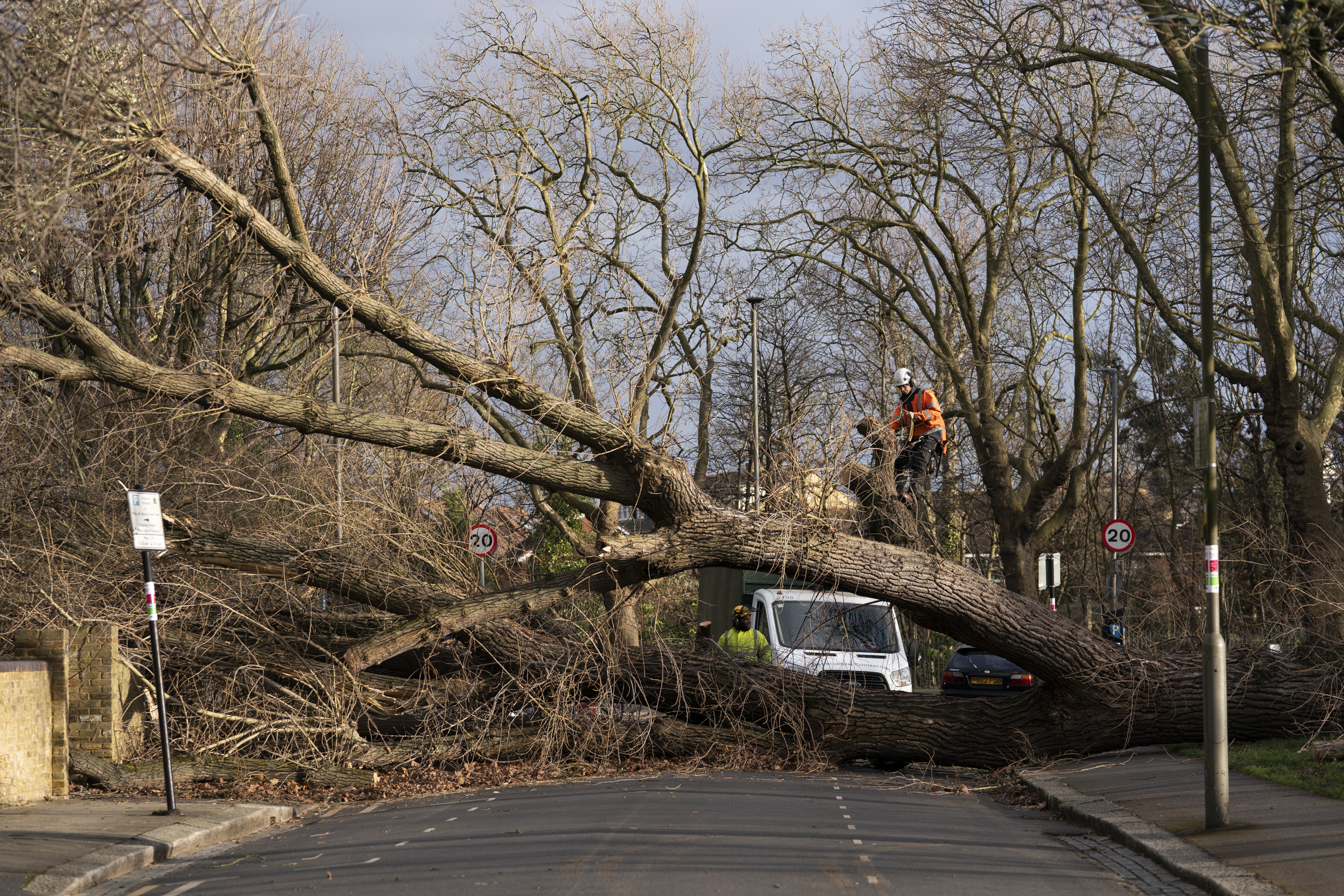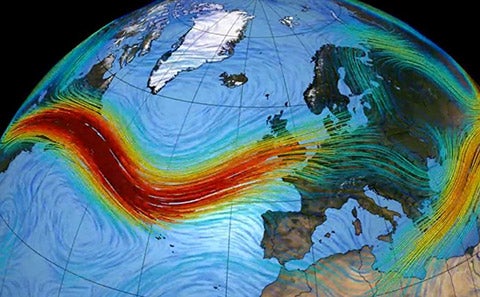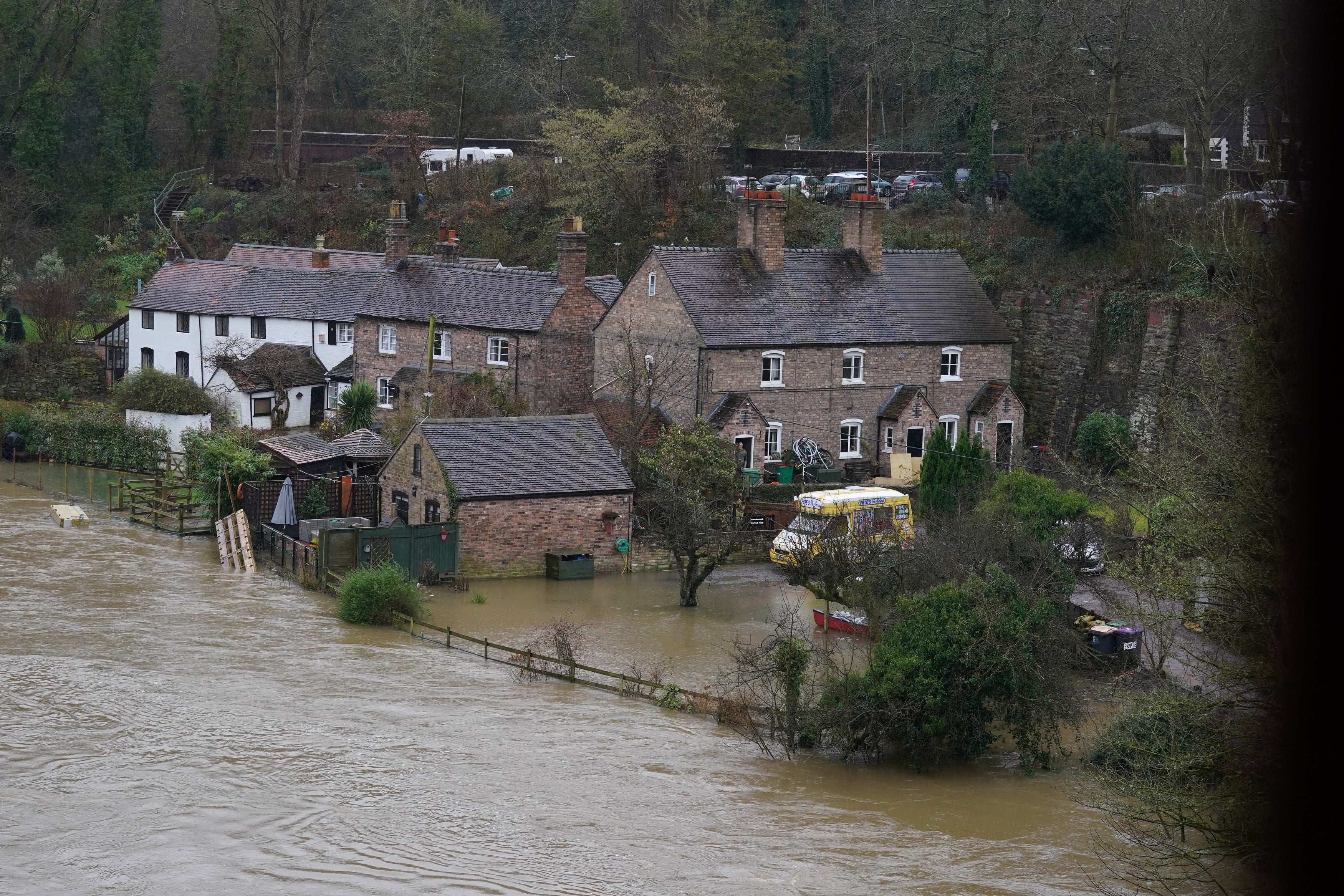UK weather: Jet stream behind Storm Eunice ‘growing faster and moving north’ scientists warn
Findings could support future climate predictions
Your support helps us to tell the story
From reproductive rights to climate change to Big Tech, The Independent is on the ground when the story is developing. Whether it's investigating the financials of Elon Musk's pro-Trump PAC or producing our latest documentary, 'The A Word', which shines a light on the American women fighting for reproductive rights, we know how important it is to parse out the facts from the messaging.
At such a critical moment in US history, we need reporters on the ground. Your donation allows us to keep sending journalists to speak to both sides of the story.
The Independent is trusted by Americans across the entire political spectrum. And unlike many other quality news outlets, we choose not to lock Americans out of our reporting and analysis with paywalls. We believe quality journalism should be available to everyone, paid for by those who can afford it.
Your support makes all the difference.The Atlantic ocean jet stream that brought violent storms to the UK and Europe last week has been growing faster and moving further north, scientists have warned.
New research from the University of Southampton found the average speed of the northern hemisphere jet stream in winter had risen by 8 per cent to 132mph. It had also moved around 200 miles northwards.
Scientists said the changes were likely related to warmer winters in the Arctic.
The findings relate to the 141-year period from 1871 to 2011. The trends observed were potential indicators of climate change, the scientists said.
The results – published in Climate Dynamics – show that trends in speed and latitude differed on a regional basis across the North Atlantic, North Pacific, Eurasia and North America.

The study authors said this was important for making climate predictions and in developing plans to combat the climate crisis.
Jet streams are fast bands of air which flow around the globe about 10,000 metres above sea level. They have a significant influence on storm activity and temperature.
The northern hemisphere jet stream is caused by the difference in temperature between air from the North Pole and the tropics. In winter, when temperatures are farther apart, the jet stream is stronger.
It was behind the storms Dudley, Eunice and Franklin, which brought extreme weather to the UK causing severe flooding and claiming several lives through damage caused in high winds.

Dr Samantha Hallam, who led the study, said: “Significant increases in winter jet latitude and speed are observed over the North Atlantic and Eurasia.
”These changes are consistent with the decreasing temperature and increasing pressure gradients observed between the equator and the Arctic over the period, and likely associated with the warming Arctic winters.”
The effect of the climate crisis on jet streams has been under heavy scrutiny by scientists in recent years.
The University of Southampton findings follow a study published last year in Proceedings of the National Academy of Sciences.

Researchers from the University of Arizona found that global warming could force the jet stream from its historical boundaries within the next 40 years.
The more recent study observed a shift of 3 degrees north over 141 years.
The earlier study took a broader look over 1,250 years. It focused on fluctuations and observed specific years in which the jet stream lurched 10 degrees in one winter.
The Arizona researchers matched historical disasters to changes in the jet stream’s wind speed and location. For instance, a famine on the Iberian peninsula in 1374 occured while the jet stream was unusually far north.
Join our commenting forum
Join thought-provoking conversations, follow other Independent readers and see their replies
Comments